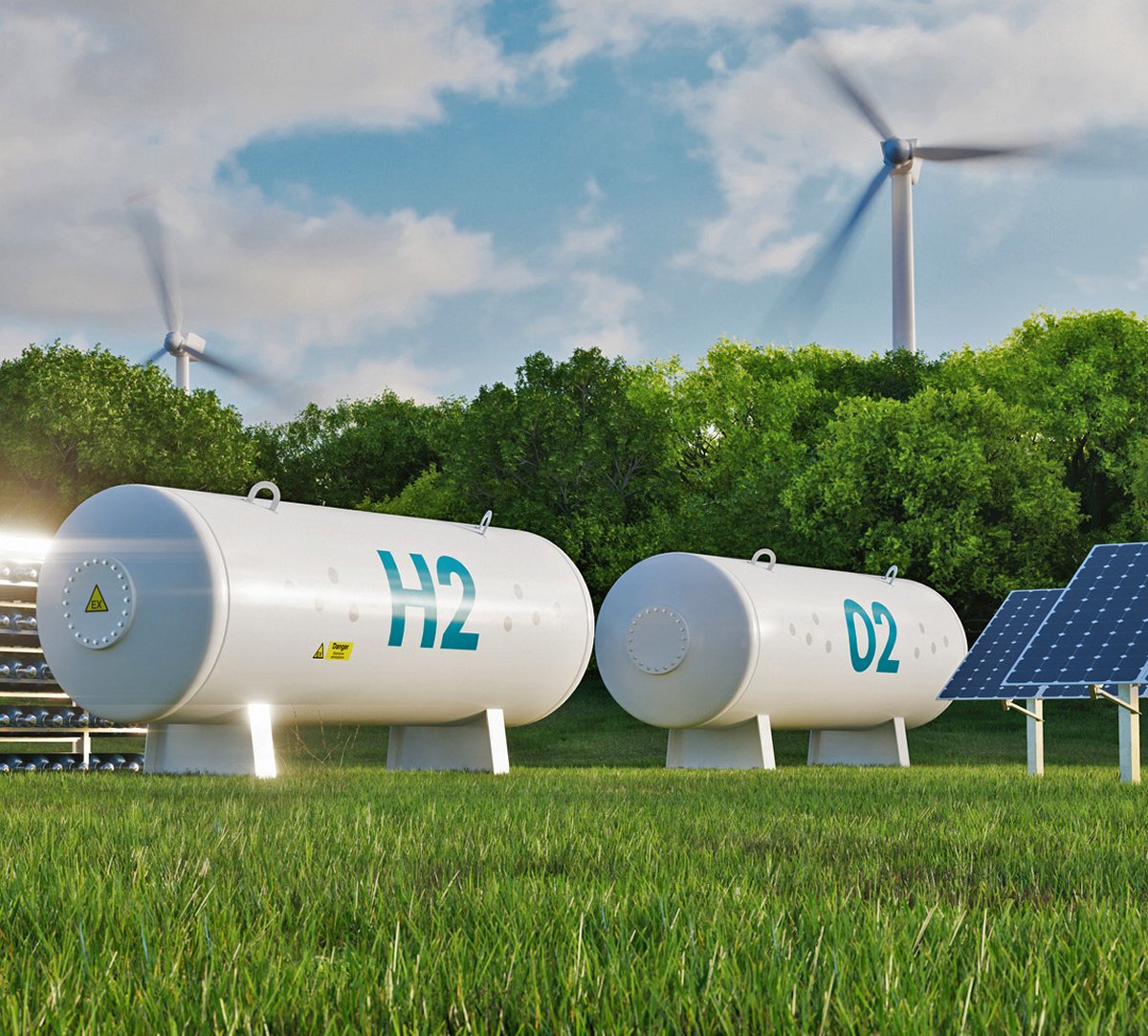Uruguay is already working on the development of its green hydrogen economy and in 2022 it published its Roadmap, which establishes its ambition, together with the specific objectives for the production and export of hydrogen and derivatives in the short, medium and long term (2025 , 2030 and 2040).
The Roadmap is the result of a process led by the Ministry of Industry, Energy and Mining in which the main government actors and public energy companies (UTE and ANCAP) participated. This was supported by the IDB and McKinsey and three round tables were held with public and private stakeholders, thus resulting in a National Green Hydrogen Roadmap backed by high-quality technical analysis and multisectoral participation.
According to the analysis, Uruguay could produce hydrogen and synthetic fuels derived from green hydrogen at competitive costs using large-scale solar and wind farms. The analysis concludes that by 2030 green hydrogen production costs can reach 1.2-1.4 US$/kg with a total capacity of +90 GW. In addition, the country already has a clean electrical matrix and readily available biomass as a clean source of CO2 that can be used to produce medium to highly competitive Jet Fuel (1,205 – 1,305 US$/Ton) and methanol (465-525 US$/ tons) by 2030.
Uruguay will have competitive transportation costs to export to Europe and the United States, countries that foresee the need to import between 35% and 15% of their total demand for hydrogen and its derivatives, respectively, by 2030. Hydrogen export opportunities Green energy and its derivatives could reach US$1,326 million by 2040 (hydrogen US$342 million, ammonia US$38 million, methanol US$182 million, synthetic aviation fuel US$764 million).
Regarding the national market, the adoption of six hydrogen applications in the country is expected before 2040: heavy trucks, buses, maritime transport, aviation (synthetic fuel), forklifts and agricultural vehicles. The national market for green hydrogen could reach US$420 million in 2040 and that of its derivatives could reach US$331 million.
The government and the regulator will play an important role in the development of the green hydrogen economy and its derivatives. They will have to develop regulations, define a clear regulation for the production, storage and transport of hydrogen, speed up permit approval periods, establish a regulation for the rights of way for transmission lines and pipelines. They will also have to analyze possible incentives to attract investment, stimulate domestic demand and the manufacture of components for technological developments. In addition, the hydrogen value chain will require investments in infrastructure in the initial phase (production of raw materials and electricity, and production of hydrogen), in the intermediate phase (hydrogen conversion and transmission and distribution) and in the final phase (dispensing and end-use applications), equivalent to US$2 billion by 2030 and US$6.7 billion by 2040, which will require a mix of private and public financing.
The hydrogen economy could create some 34,000 jobs by 2040. Therefore, it will be important for the public, academic, and private sectors to develop training and retraining programs to reduce the expected talent gap, estimated at 3,000 jobs by 2035.
More information: Green Hydrogen and the Potential for Uruguay: Inputs for the preparation of the Green Hydrogen Roadmap for Uruguay. There you will find the details of the technical analysis developed by the government, the IDB and McKinsey.
Source: IDB
Source: inncontext.net

